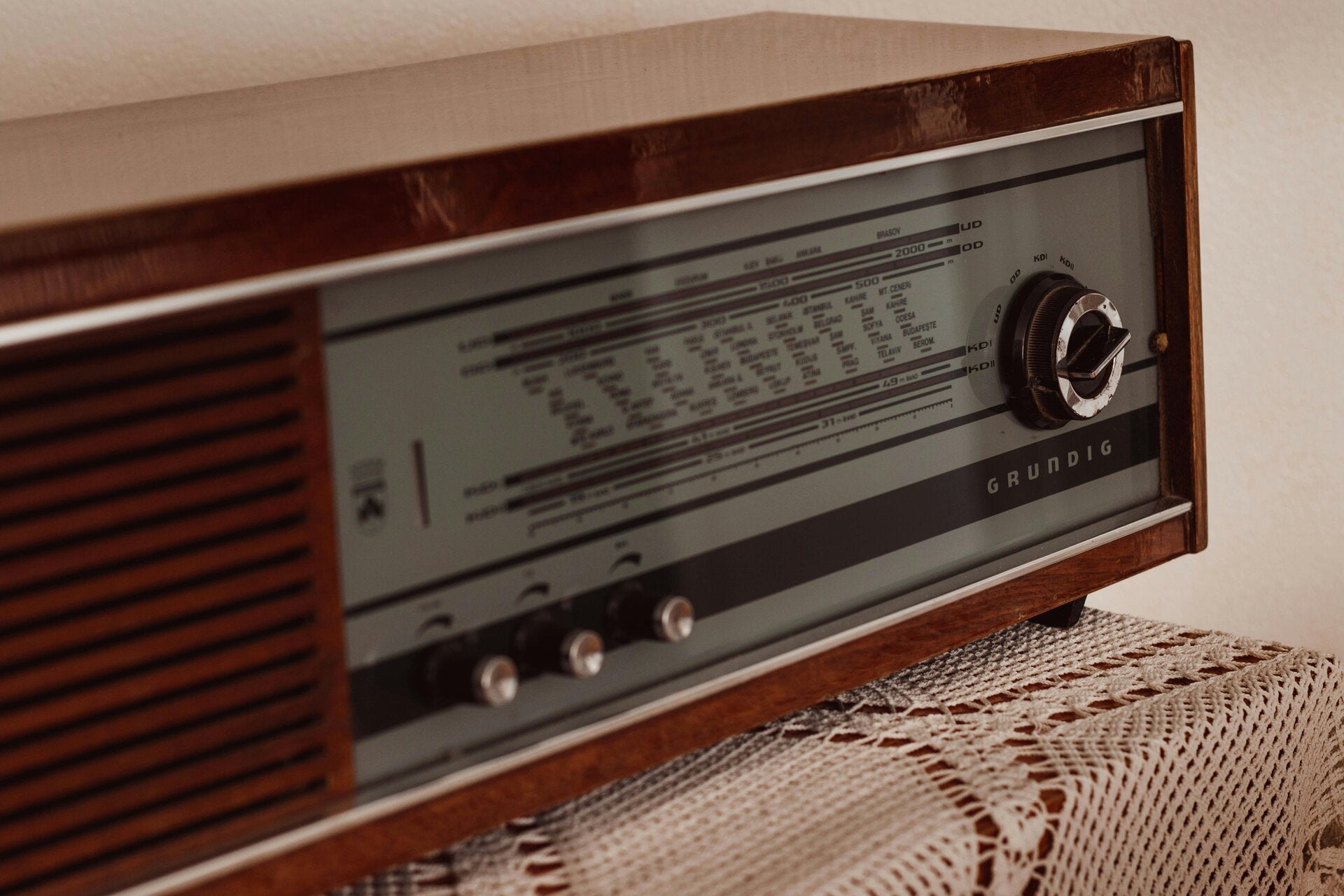Unveiling Electrical Innovations
Explore the fascinating world of electrical innovation from 1877-2016 in the United States. Discover how these breakthroughs reshaped society and revolutionized our modern world. Join us as we delve into the past to understand the present and inspire the future. We're excited to have you on this educational journey.

Main Issue: 1877-1909
Prior to the innovation and expansion of the lightbulb, many businesses struggled with slow projects meaning that they needed more hours to work, this was hard as there was little to no lights in the streets. Not only were the factories and businesses struggling but rural areas like farms remained completely dark.

Other issues that were also encountered prior to the innovation of the lightbulb was air quality. People started lighting fires to create light, this intoxicated the air, creating pollution.
Another main issue before this invention was that if people needed medical attention overnight it would be harder to operate with no daylight due to the limited visibility.


Main Issues: 1910-1959
Before the invention of washing machines the washing was very labor intensive which created a lot of physical strain on the women washing. They also were only able to wash/dry clothes depending on the weather since they left it out to dry outside. Also, the clothes were not sure to be fully clean since they were only handwashed, which contributed to hygiene issues.
Before the fridge was introduced there was a high likeliness of food spoiling due to the constant need to replace their iceboxes and the time-consuming preservation of the food women had to do to make sure it would last and was good to eat. Diets were seasonal as well since they could only ear what was fresh or preserved.

Before the radio people struggled with long distance communication, media access and literacy barriers, isolation, crisis response and political messaging.
Communication: News traveled slowly by mail or newspaper and sometimes would no longer be relevant by the time they reached, and emergency communication was heavily delayed. Media access: Many rural communities had limited access to cultural trends causing mass divide through culture. Isolation: There were not many shared national experiences like we have today making it harder for the public to become unified and show shared beliefs with those not from their area. Crisis response: Public alerts during fires, natural disasters, and personal crisis were not easy to communicate quickly and farther then locally. Politically: Politicians relied on print media like newspapers and public speeches that limited their reach and impact.

Main issues: 1960-2016

Before Wi-Fi became the norm people struggled with the limitations of their learning: collaborative tools like cloud storage weren't possible without Wi-Fi, social connections: no social media, facetiming, or messaging apps to their quick and easy disposal, and device productivity: laptops had to carry network ports.
Before the invention of the smartphone, long distance communication relied on telegraphs or letters which were usually less personal and connecting than a direct phone call would be, not to mention how slow they traveled. This caused for many families to feel disconnected during times like war and immigration. Though landlines became possible, they still faced the issue of flexibility considering they could not make calls outside of the home, meaning still no instant access to communicate.

"IncInnovations.com sparked a newfound curiosity about the history of technology and its impact on our lives."
-A Curious Learner